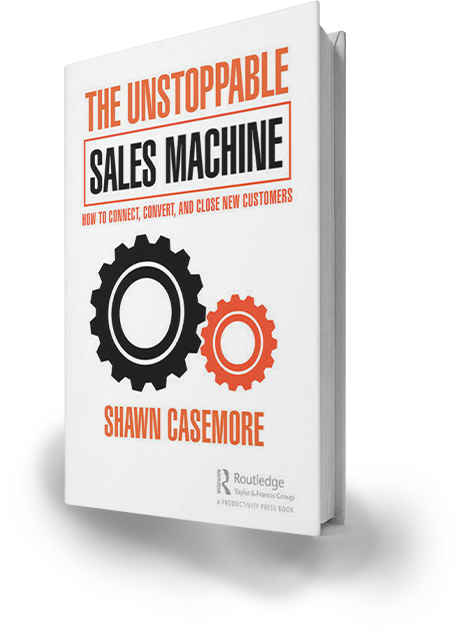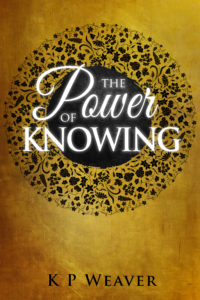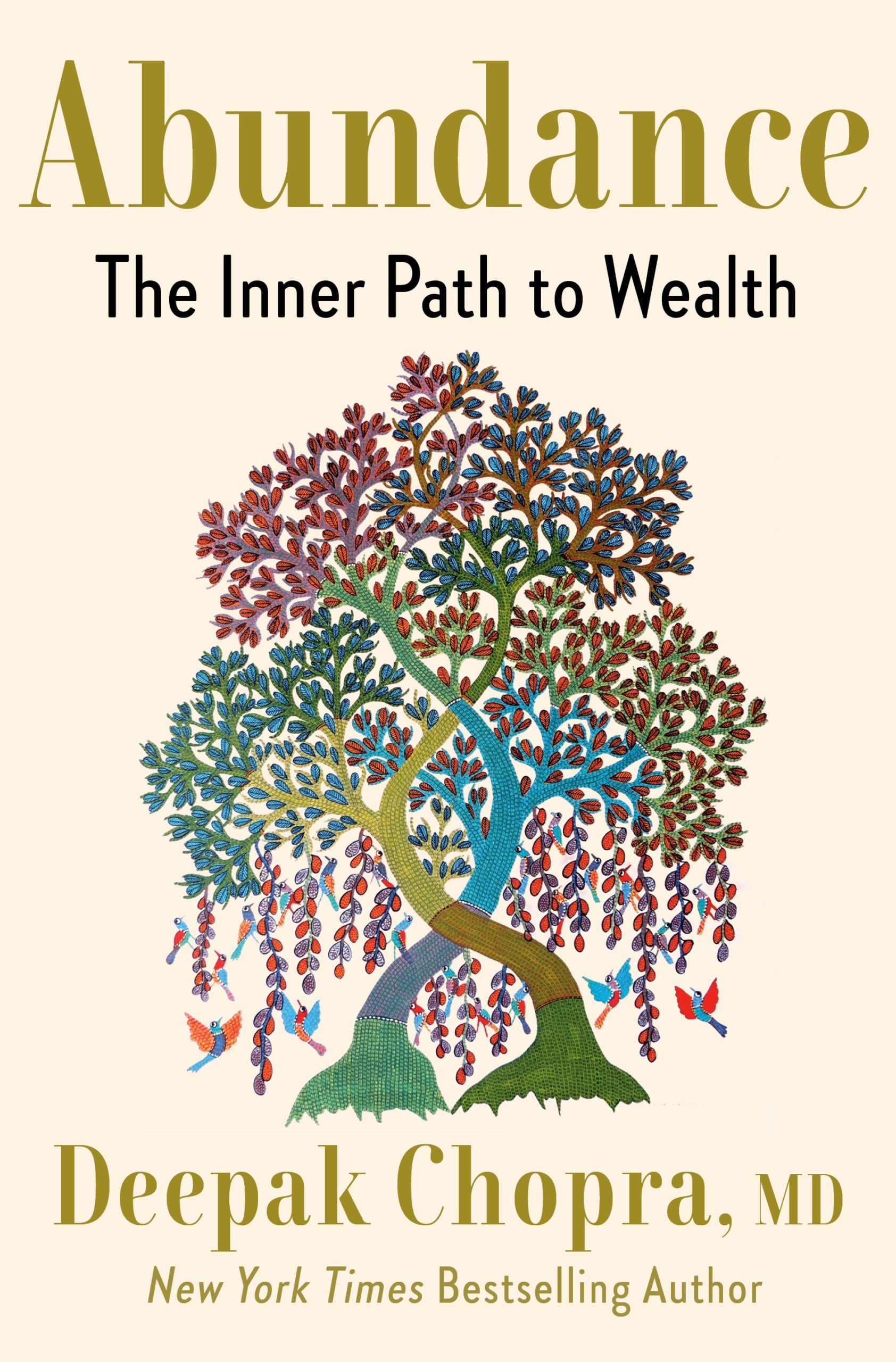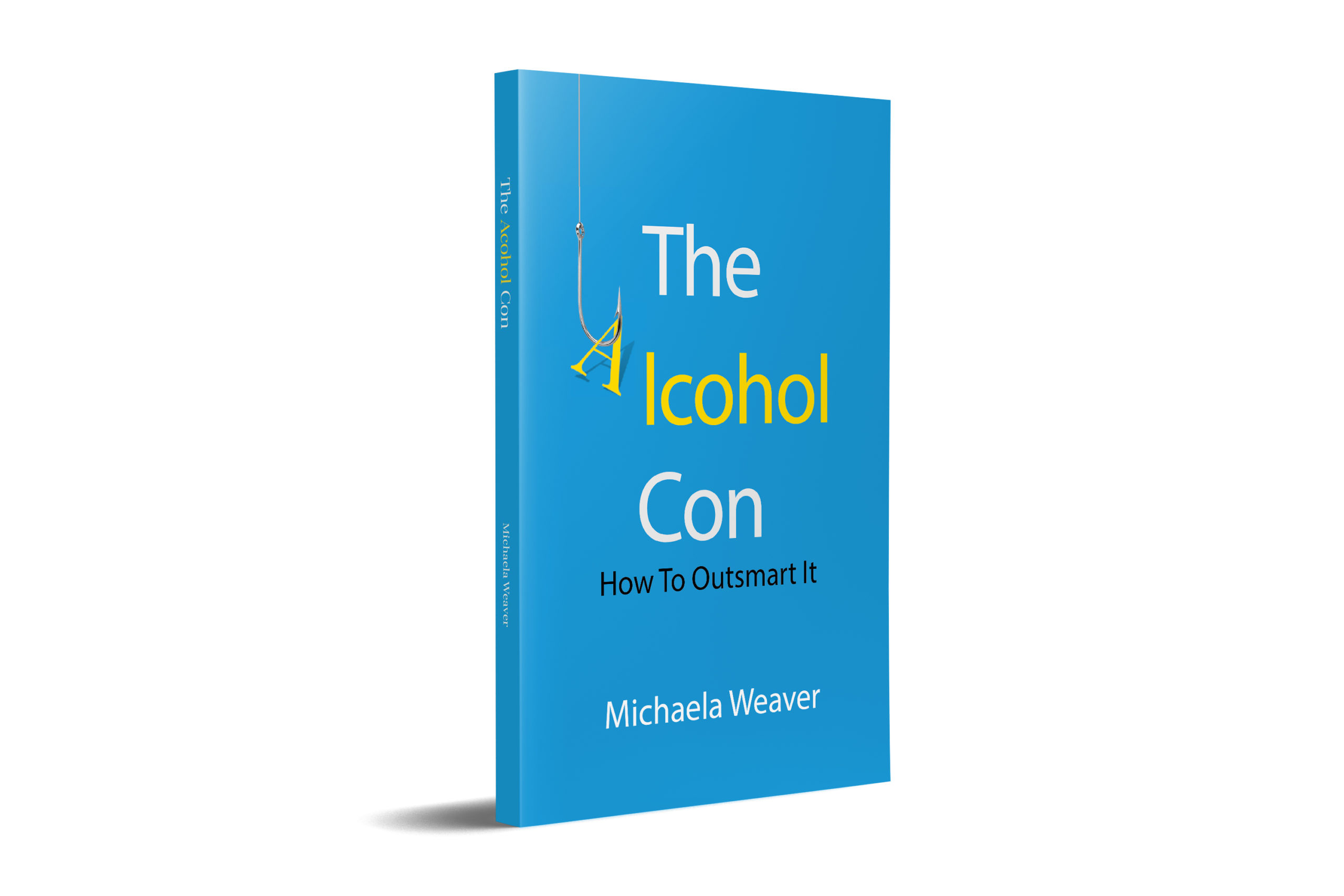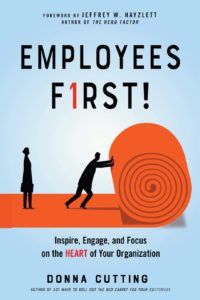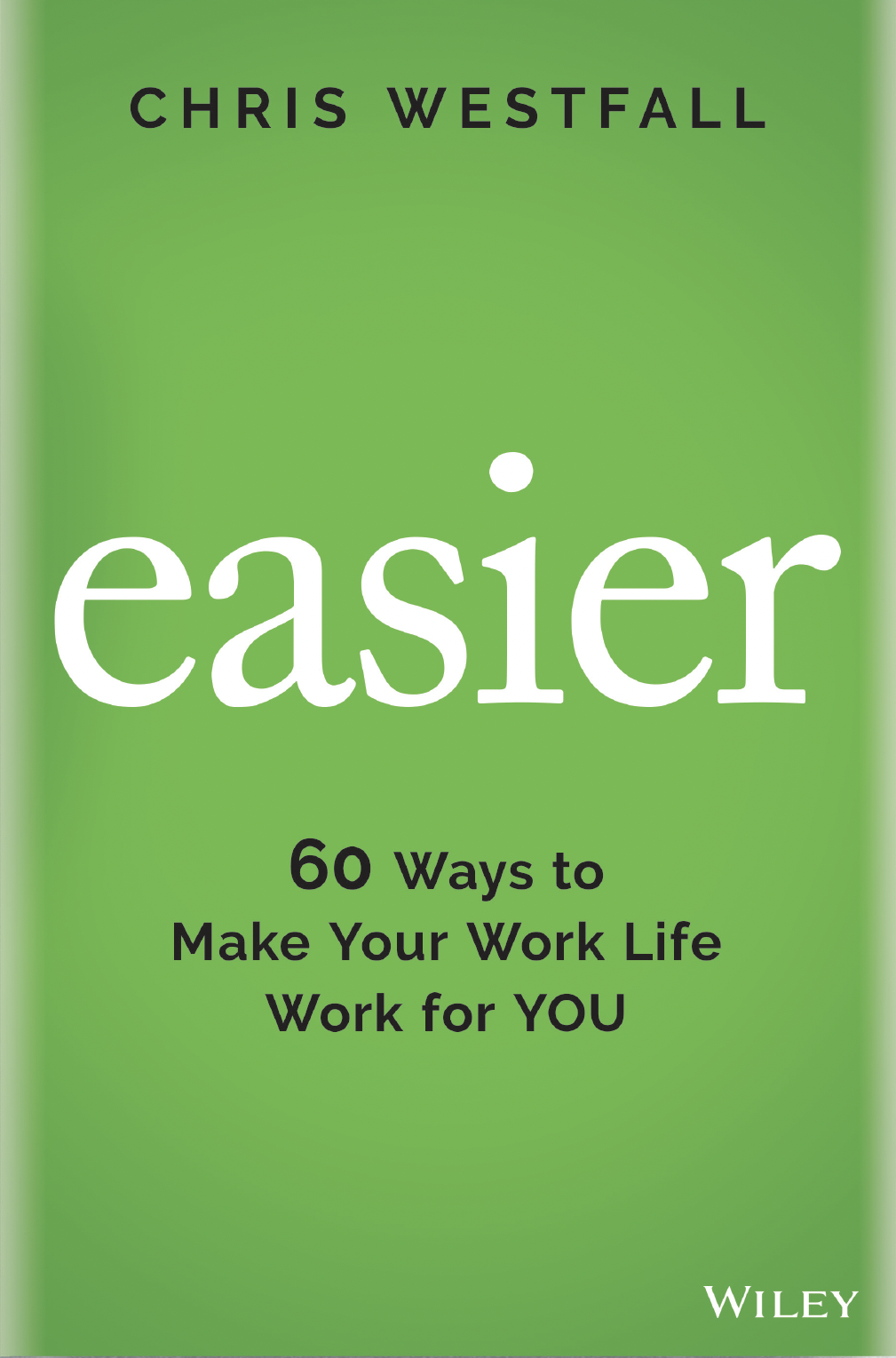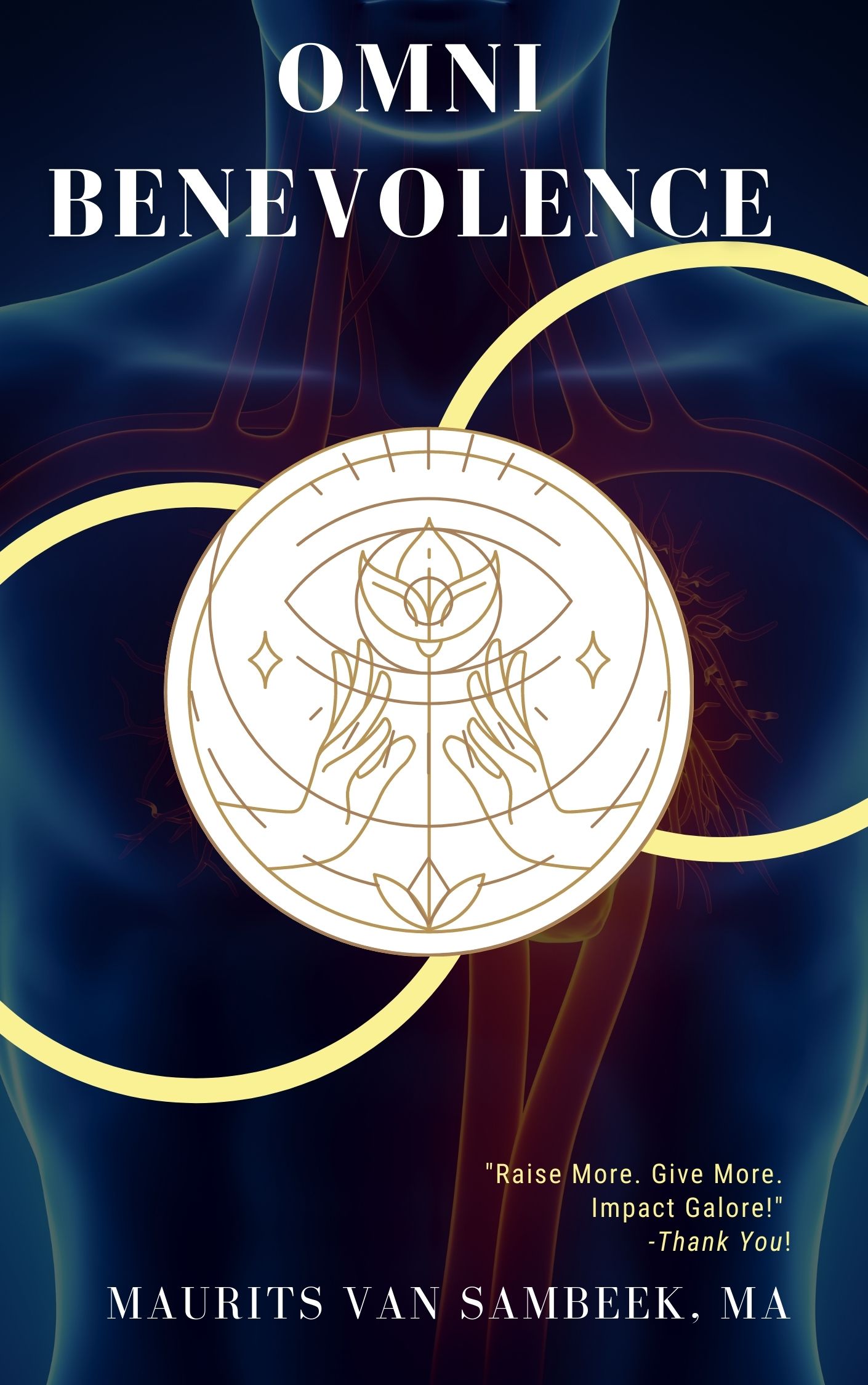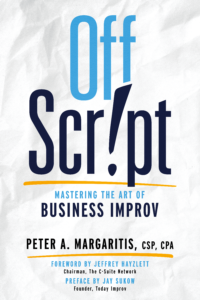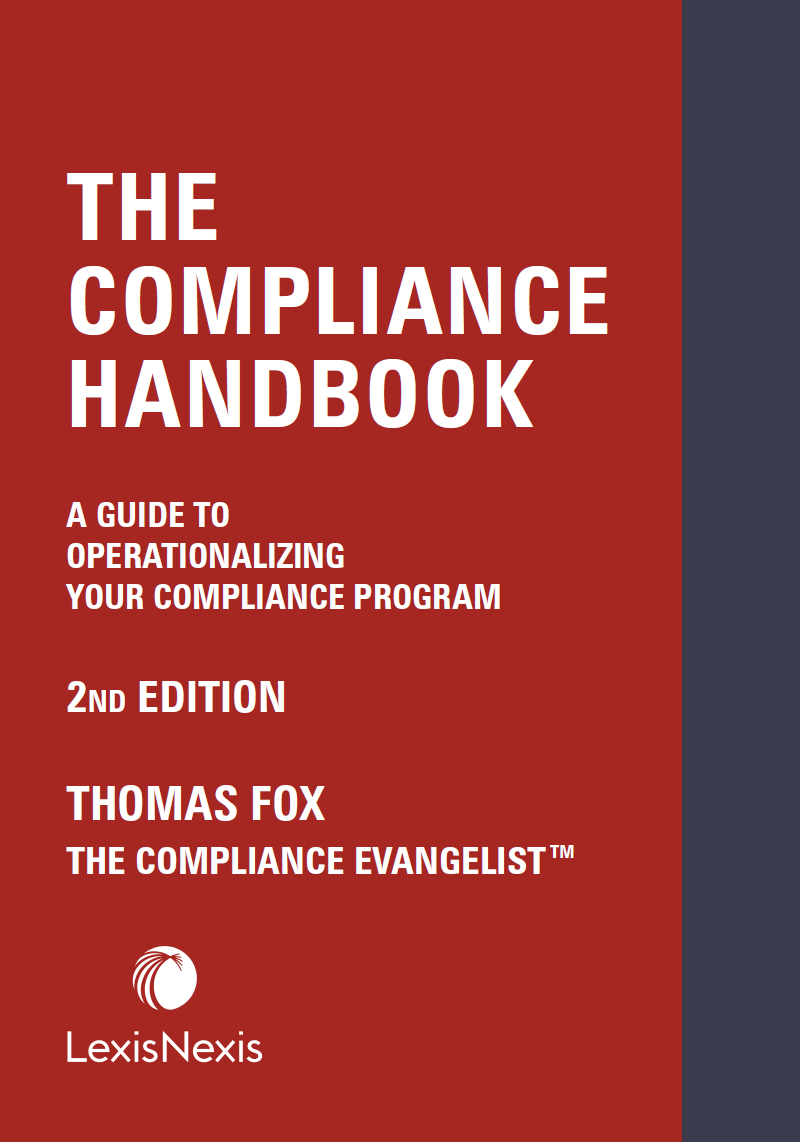Tribal Alchemy: Turning What You Have Into What You Need
Dave Fleming
Recycle, up-cycle, reconstruct, repurpose, and transform. Let’s face it. We love it when we see raw materials come together in new ways . . . kind of like chocolate and peanut butter. And not just in our personal lives. Every day, organizations of all types (tribes), look for ways to ingeniously take what they have and transform it into the creative solutions they need (alchemy). When they do this, they overcome challenges and seize opportunities. And the world is better for it. Tribal alchemy is a framework you can use to increase the quality and frequency of your tribe’s transformation quotient. Dave Fleming’s engaging and accessible style will guide your tribe to more mindfully develop the process and practices needed to ingeniously turn what you have into what you need.

About the Author
Dave Fleming is a student and teacher of human ingenuity. Dave's varied career, research and almost two decades of coaching groups around the world led him to develop a framework for collective innovation he calls Tribal Alchemy. Dave's desire now is to get the word out about Tribal Alchemy. He wants to help groups turn what they have into what they need.
Dave earned a Doctor of Management in Organizational Leadership and a Ph.D. in Human and Organizational Systems. He is an assistant professor in the department of Psychiatry in the College of Medicine at the University of Arizona. He speaks, writes, coaches and curates ideas on the process and practices of collective ingenuity.

2 Must-Have Qualities for Success--Hint: The posture of a baseball player
Whether baseball is your thing or not, it's worth watching a few innings of an MLB game this season. If you watch, pay attention to the stance of a player, just before a play occurs. This posture reveals two qualities we all need to increase our success no matter the endeavor.
About the same time as the pitcher winds up to throw a pitch, the rest of the players assume a position I call relaxed vigilance. It's easy to spot when you're watching for it. Moments before the ball leaves the hand of the pitcher, players assume an open and flexible stance. This flexible stance readies them to move multiple directions based on where the ball is hit. In other words, their stance readies them for a number of possible scenarios. Simultaneously, players add vigilance to their stance. They are completely focused on the present moment. This focus directs attention at a very specific point in time and space. This allows them to see what is happening and quickly respond to it.
The key to this stance is the combination of relaxation and vigilance. That's the ticket.
If a player's posture is vigilant but not relaxed, it leads to rigidity. This rigidity then diminishes his ability to quickly adapt his body to the emerging moment. A rigid stance doesn't allow for needed flexibility. However, if a player's stance is relaxed but not vigilant, it leads to unresponsiveness. This unresponsiveness then diminishes his participation in the moment. The play is over before he has any chance of entering it.
Many moments of our day require this same kind of relaxed vigilance. Without the simultaneous expression of these two qualities, we are rendered ineffective (or less effective) in the moment. It seems that most of us are better at one of the two qualities. Some of us are superb at vigilance and others are excellent at relaxing in and through a moment. But, it's the combination that increases success.





